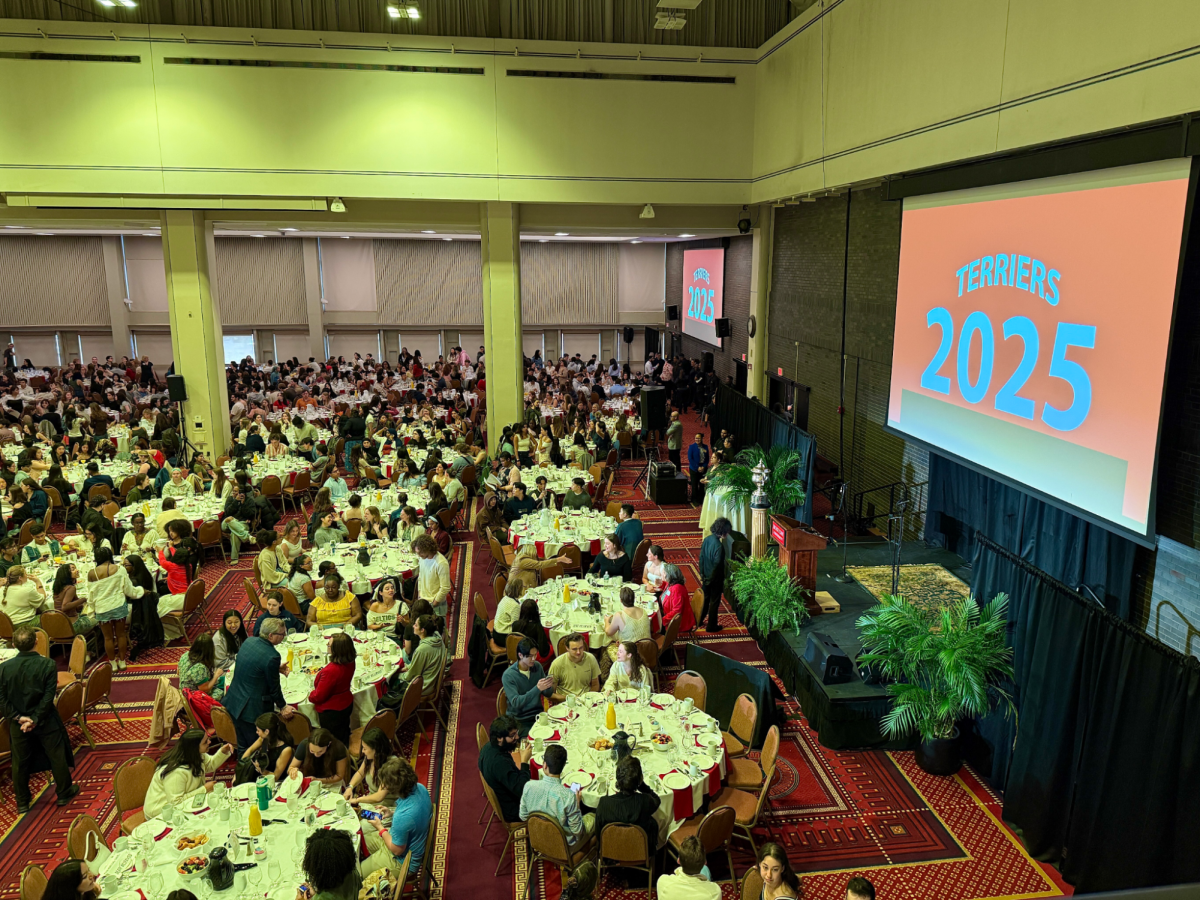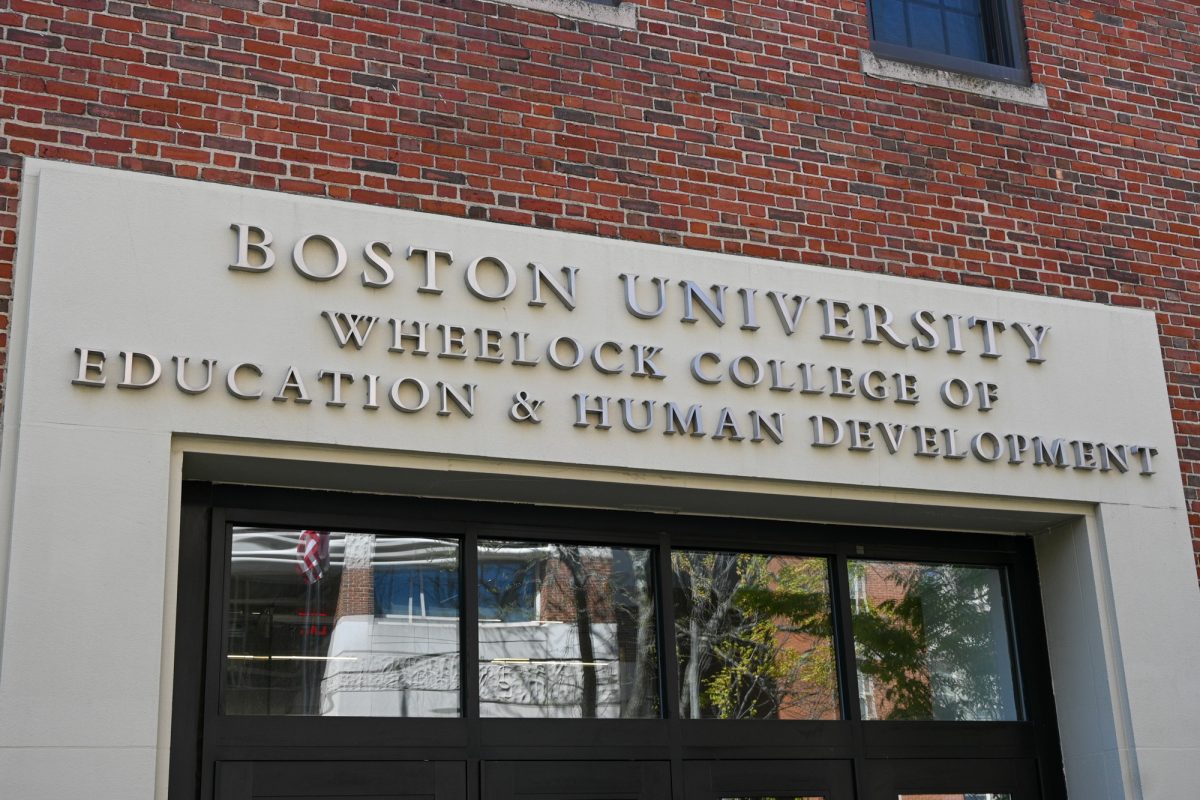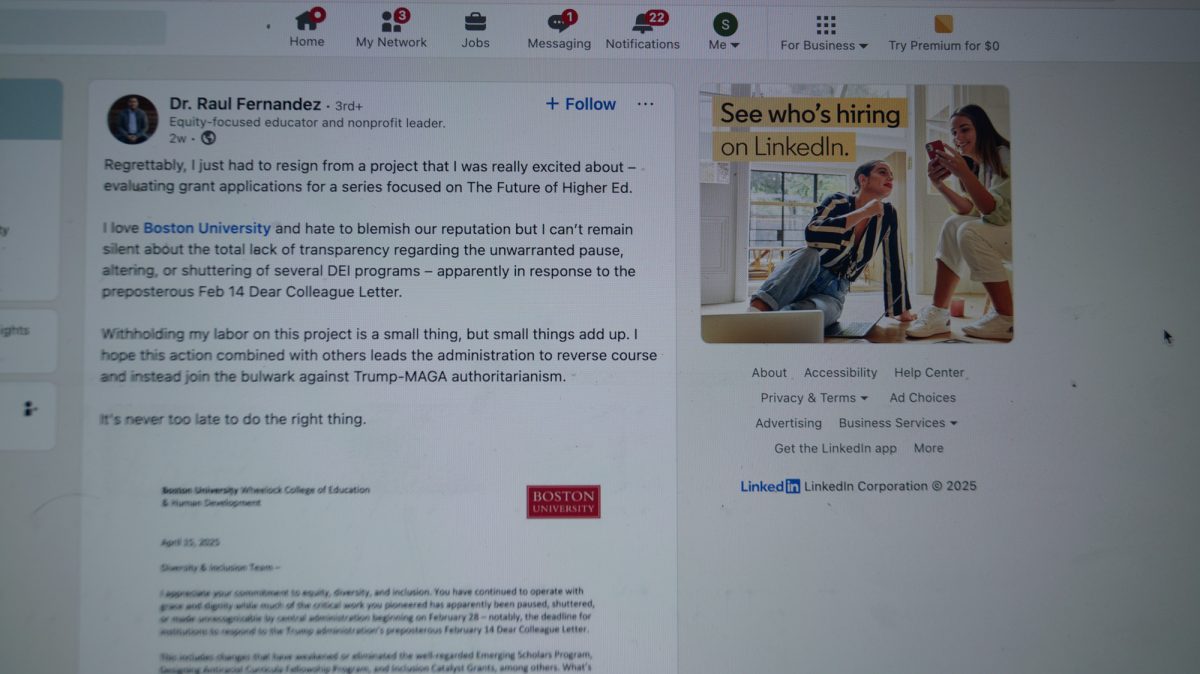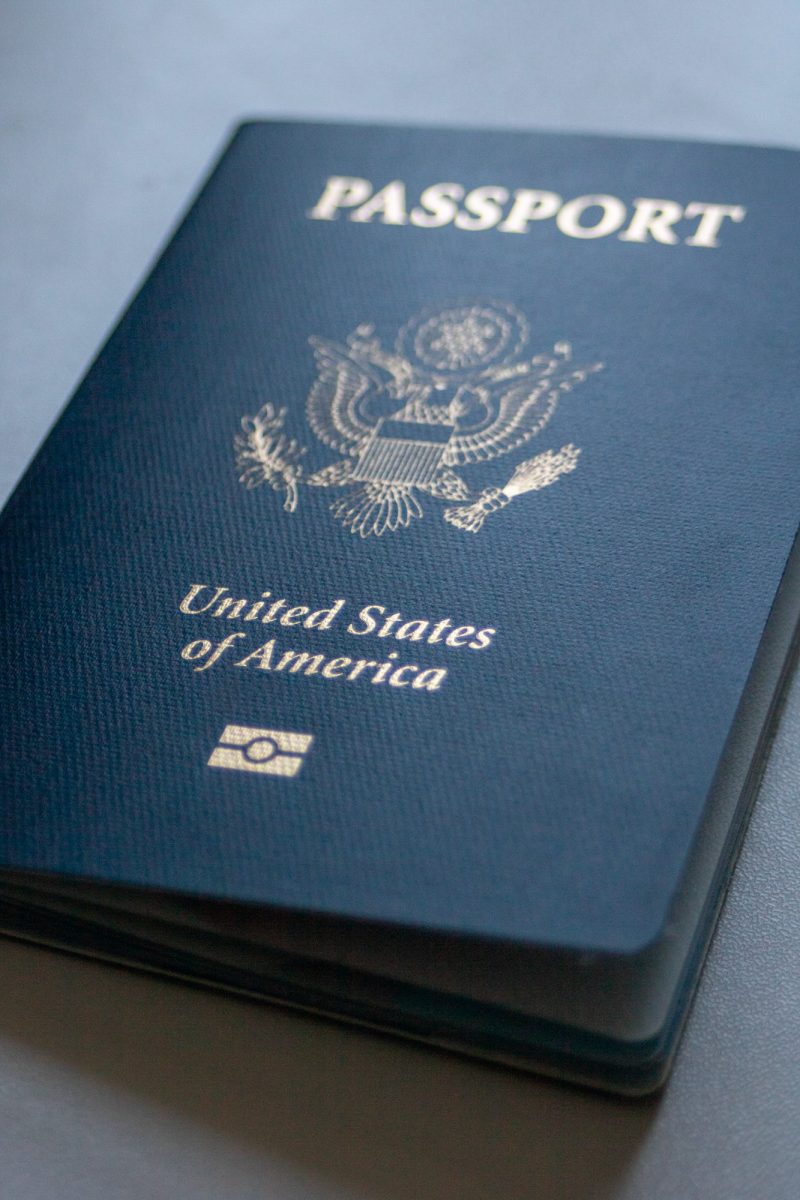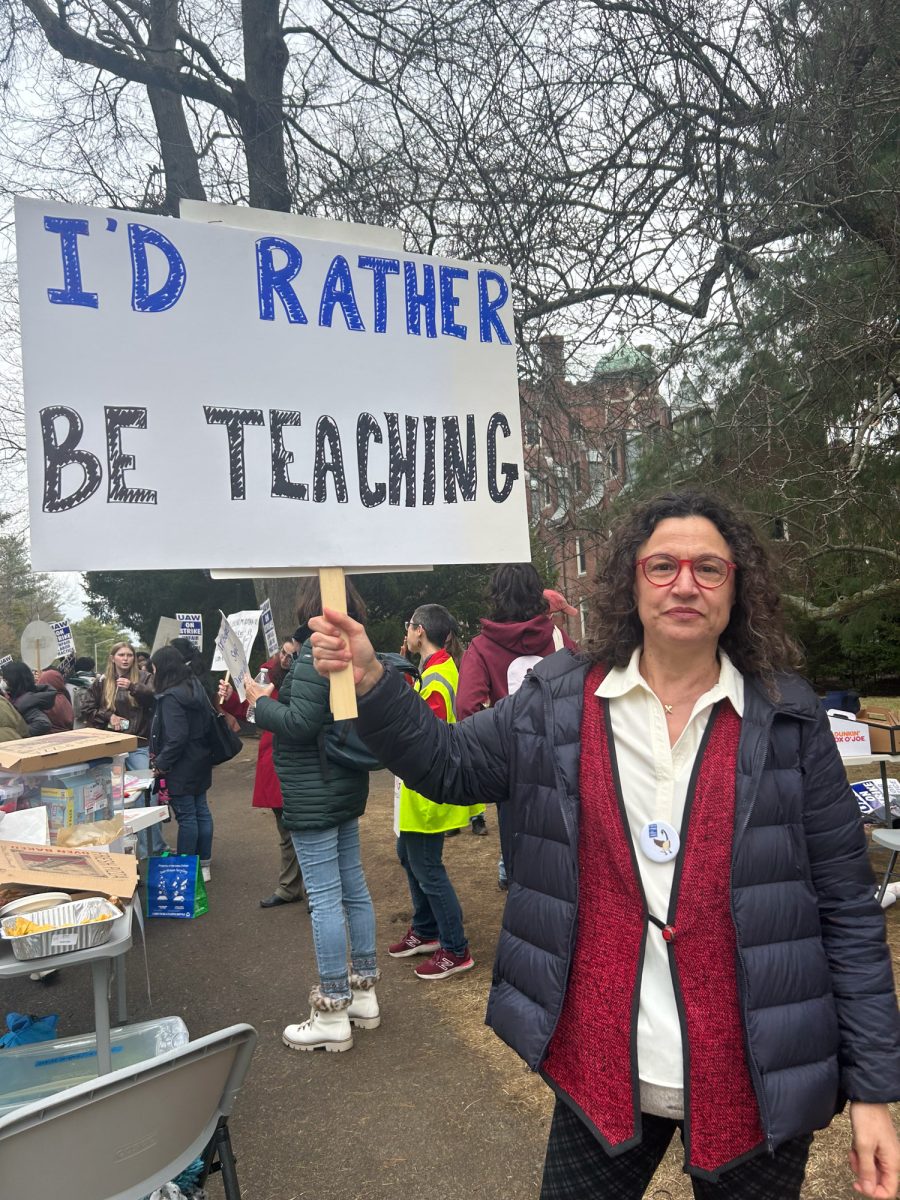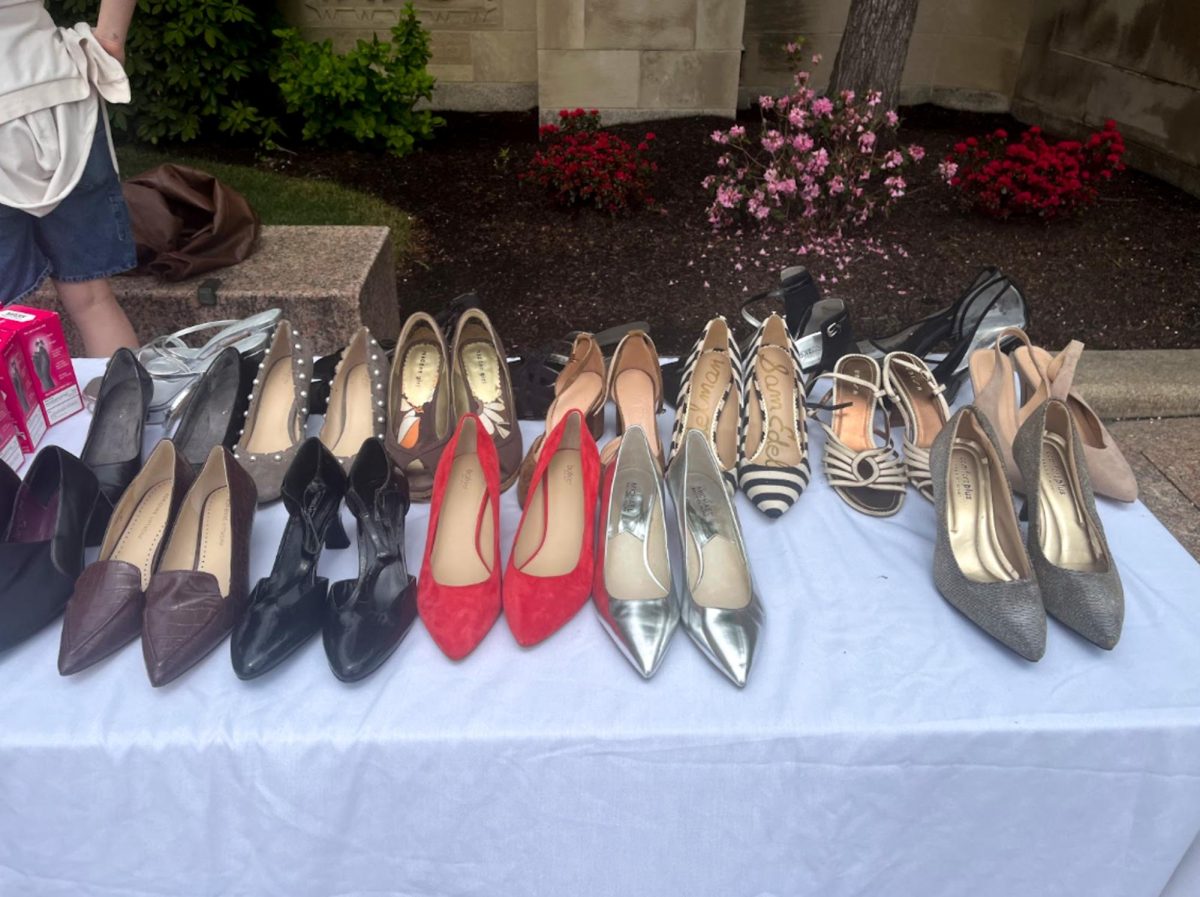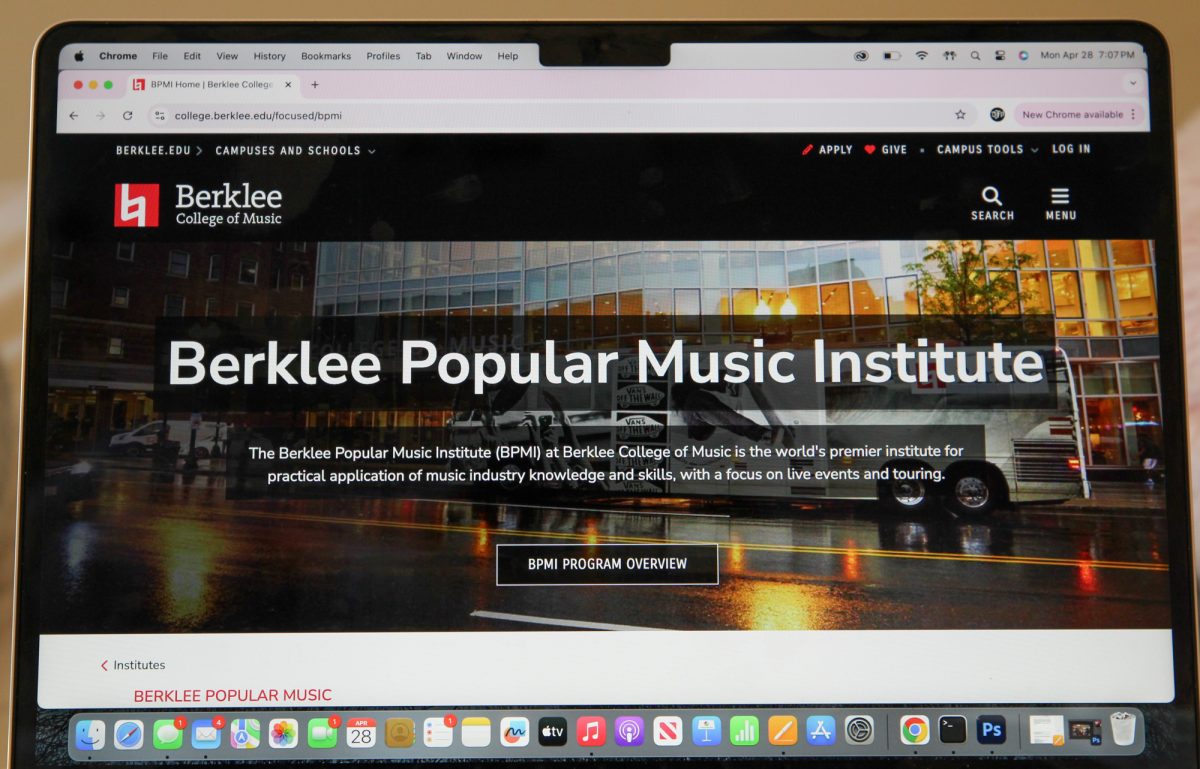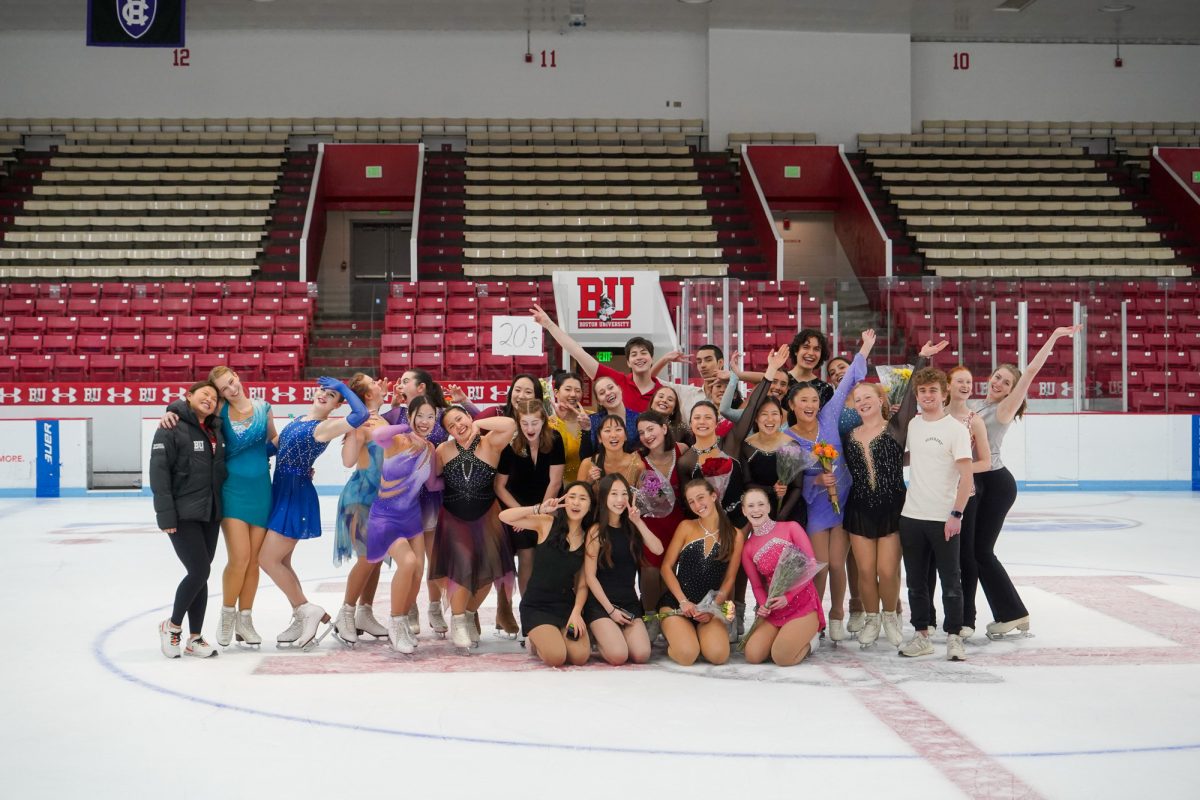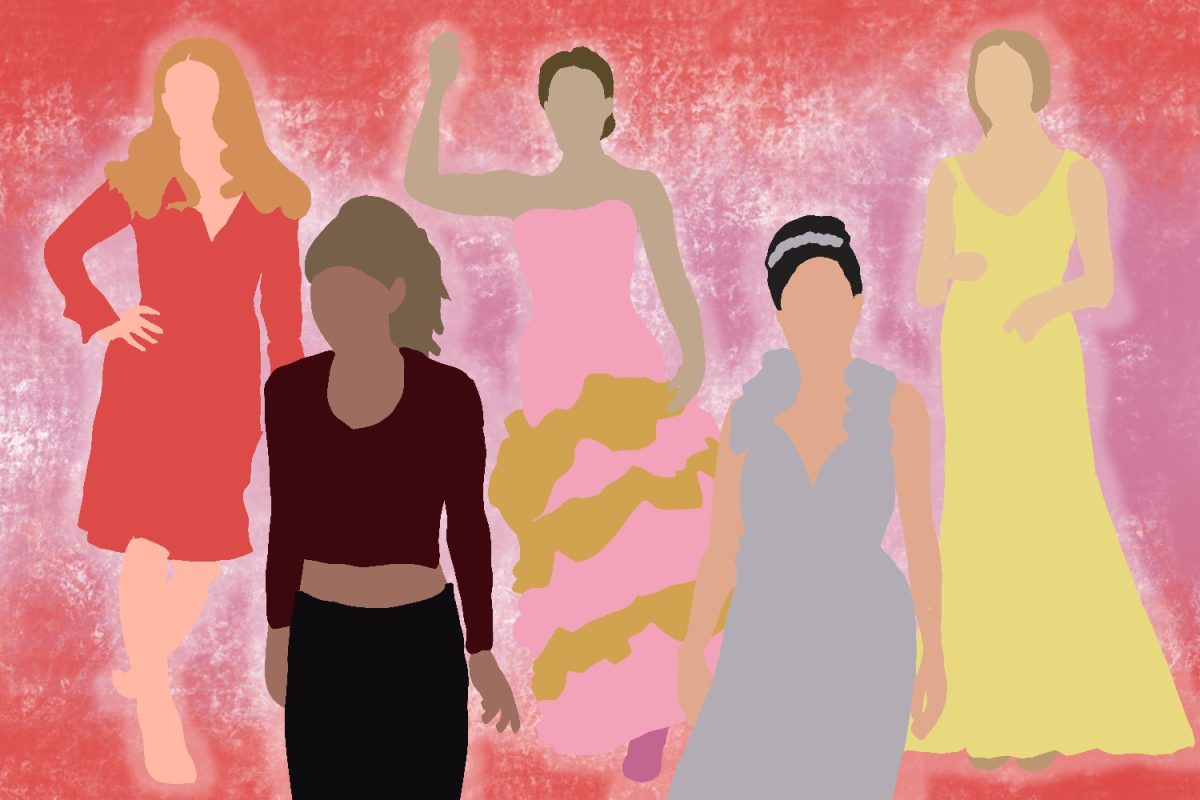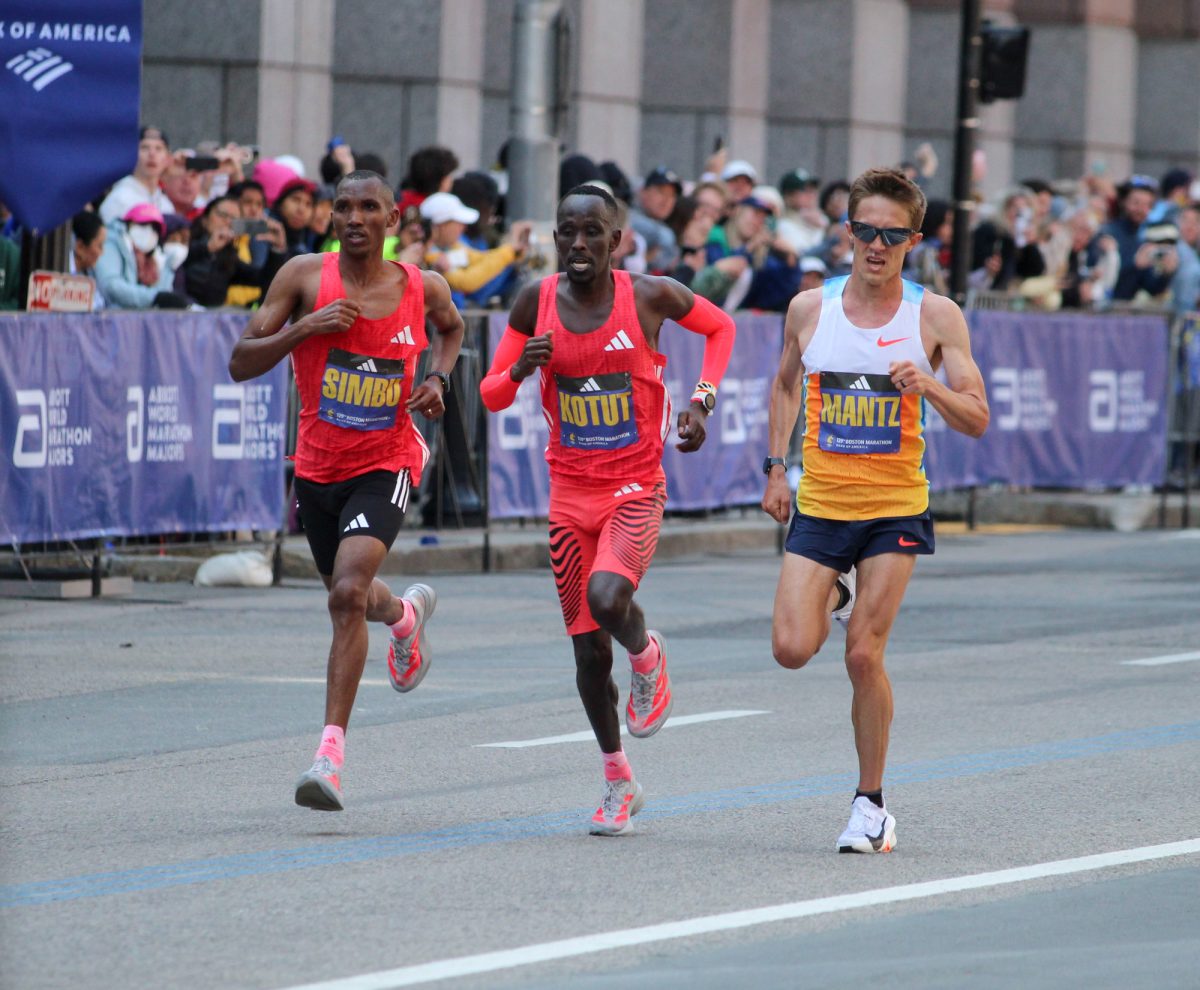Nearly 30 students sat watching clips depicting the kidnapping that occuring during the slave trade, while narrators in the movies spoke of “slaves packed like sardines” in ships and how “new men emerged” when they left the boat.
Film experts analyzed more than 500 years of slavery as they showed audience members the difference between Hollywood’s interpretation of black culture and real-life documentaries Tuesday evening at the African American Studies Center.
BlackFilm Project Director Hal Weaver spoke about diaspora, which is the forced dispersal of a homogeneous culture, and about film portrayals of the transatlantic middle passage and slavery in the United States in a lecture called, “Films and Filmmakers from the African Diaspora.”
Weaver said Hollywood only wants to make money and that big-name filmmakers are not willing to make movies like the ones he showed.
“PBS and HBO are the only places that will continue to give us good films,” he said. “Not many people will take the risk of making films like these.”
The lecture, hosted by the African American studies department, showed five film clips during the two-hour session, all of which showed a different aspect of the slave trade.
The first clip, “Ethnic Notions,” analyzed the laughing and carefree “sambo,” a slang term used for black men that are irresponsible and child-like.
College of Communication junior Nike Orisamolu, who said she attended for her history class, said she thought it was interesting to see “how the negative self images were used to justify slavery.”
The second clip, from “The Other Francisco,” portrayed the harsh realities of slave life.
“Sankofa” showed how the people respected their anscestors and the ground they walked and bled on.
Samantha Rajotte, a COM sophomore, said she felt enlightened after viewing this clip.
“Compared to high school, I am not really as exposed to as much African American culture, and it is nice to get back into it,” she said.
After they showed the films, Harvard University and the Massachusetts Institute of Technology professors engaged in a question-and-answer session, which inspired discussion on how African Americans are portrayed in today’s films.
“People like film, and recently, people are trying to educate through film,” Program Administrator Christine Loken-Kim said.
African American Studies Director Linda Heywood said she thought, “in any university, students should attend things outside of class.
“You get information without the pressure of tests, and I want to bring a feeling of education without pressure,” she said. “That’s what school should be like.”

